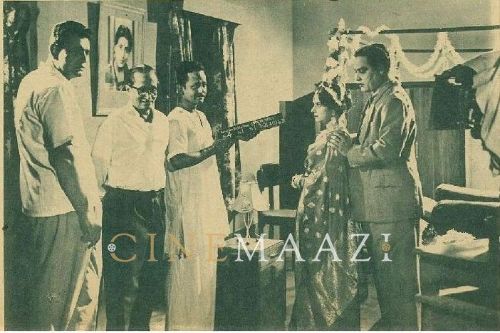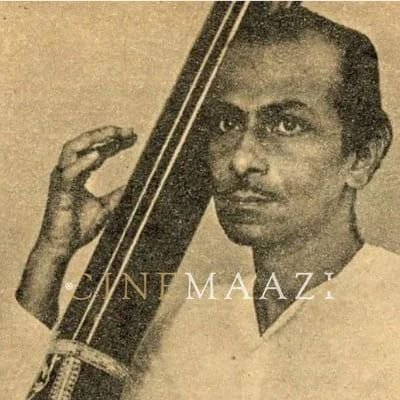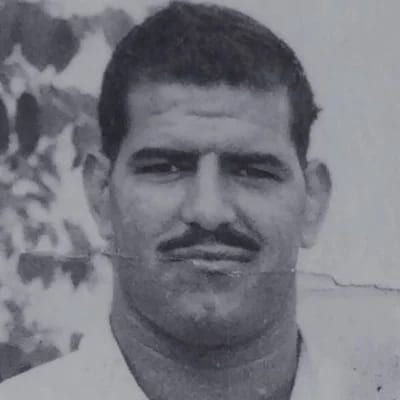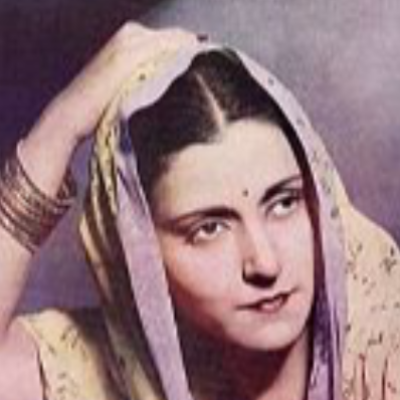Mohan Bhavnani

Subscribe to read full article
This section is for paid subscribers only. Our subscription is only $37/- for one full year.
You get unlimited access to all paid section and features on the website with this subscription.
Not ready for a full subscription?
You can access this article for $2 , and have it saved to your account for one year.
- Real Name: Mohan Dayaram Bhavnani
- Born: 1903 (Hyderabad, Sindh)
- Died: 30 December, 1962 (Mumbai)
- Primary Cinema: Hindi
A prolific director-producer of the early talkies era, Mohan Dayaram Bhavnani was not afraid of challenging the status quo through his art. His early films were influential in creating the star aura of Sulochana, while he also hired the legendary Premchand to script his controversial film Mazdoor (1934).
Born in 1903 in Hyderabad, Sindh, he migrated to India after the Partition. Travelling abroad, he initially studied at the College of Technology in Manchester, before going to Germany to study filmmaking at the UFA in 1924. Returning to India in 1925 he joined Kohinoor Film Company. His association with Sulochana started here with films like Cinema Ni Rani (1925), Veer Bala (1925), Bhamto Bhoot (1926), and Pagal Premi (1926). Shifting to Imperial Film Company in 1927, he delivered one of the biggest hits of its time with Wildcat of Bombay (1927), again starring Sulochana. He also made other films like Naseeb Ni Lila (1927), Gamdeni Gori (1927), Khwab-e-Hasti (1929), and Hawai Sawar (1929). Another milestone in his career was making the first intertitled film in Kannada with Vasantsena (1930). He soon lelft the studio and formed his own banner called India Art Productions. Sensing the revolutionary changes coming, he went back to germany to study sound films. In the meantime he made films like Farebi Jaal (1931), Shakuntala (1931), Veer Kunal (1932) and Rangila Rajput (1933). Farebi Jaal flopped at the box office, but is significant for being Durga Khote's debut. He founded two more production companies - Ajanta Cinetone in 1933 and Bhavnani Productions in 1935. He directed the premchand scripted Mazdoor/The Mill, but the film ran into censor troubles. The President of the Mill Owner's Association, who was also a member of the Censor board, did not approve of the film's communist message. The film was also banned in Lahore and Delhi. It found a release under the title of Garib Parivar in 1936, but met a swift ban again. Not giving up, he made a sequel to the film called Jagran (1936), named after the journal edited by Premchand.
He continued making films trhough the 30s and 40s, including Zambo The Ape Man (1937), Himalay Ki Beti (1938), Prem Nagar (1940), and Biswi Sadi (1945). He concluded his feature film career with a significant experiment, making the first Indian full length colour film in Ajit (1948). The film, shot on 16 mm Kodachrome, was blown up to 35 mm. He joined the Films Division and served as its Chief Producer from 1948-55. In 1958, upon an invitation from Zhou En Lai, he travelled to China to shoot a documentary, alomg with Kishore Rege and S K Kulkarni. He married Enakshi Rama Rao, who had acted in films like Shiraz (1928) and became a dancer and author later, penning The Dance of India (1965).
The veteran director passed away on 30 December, 1962.
-
Filmography (27)
SortRole
-

Bisvi Sadi 1945
-
Jagran 1935
-
Navjeevan 1935
-
Shaadi Ki Raat 1935
-

Mazdoor / The Mill 1934
-
Farebi Jaal 1931
-
Naseeb Ni Lila 1927
-







.jpg)




